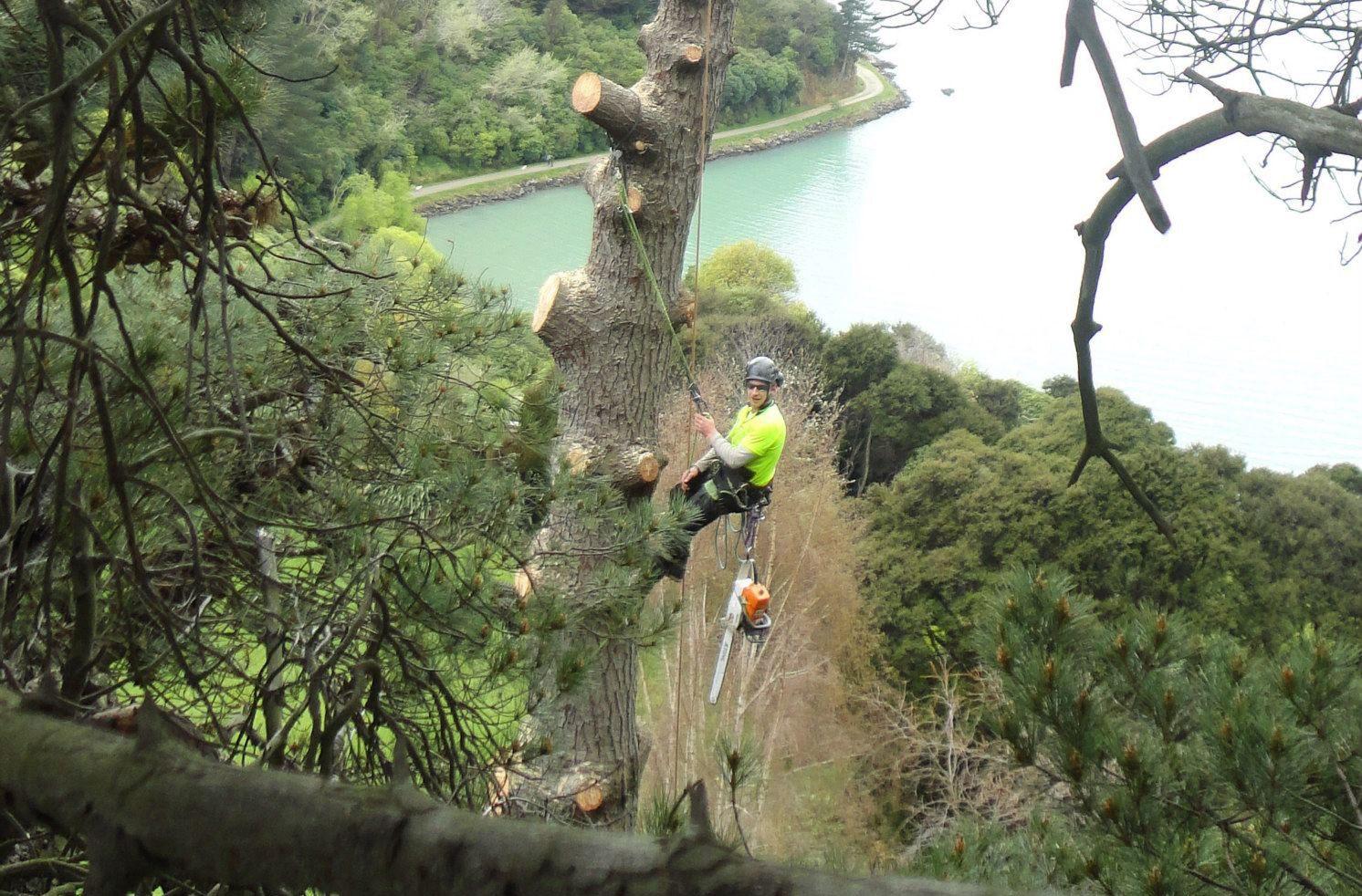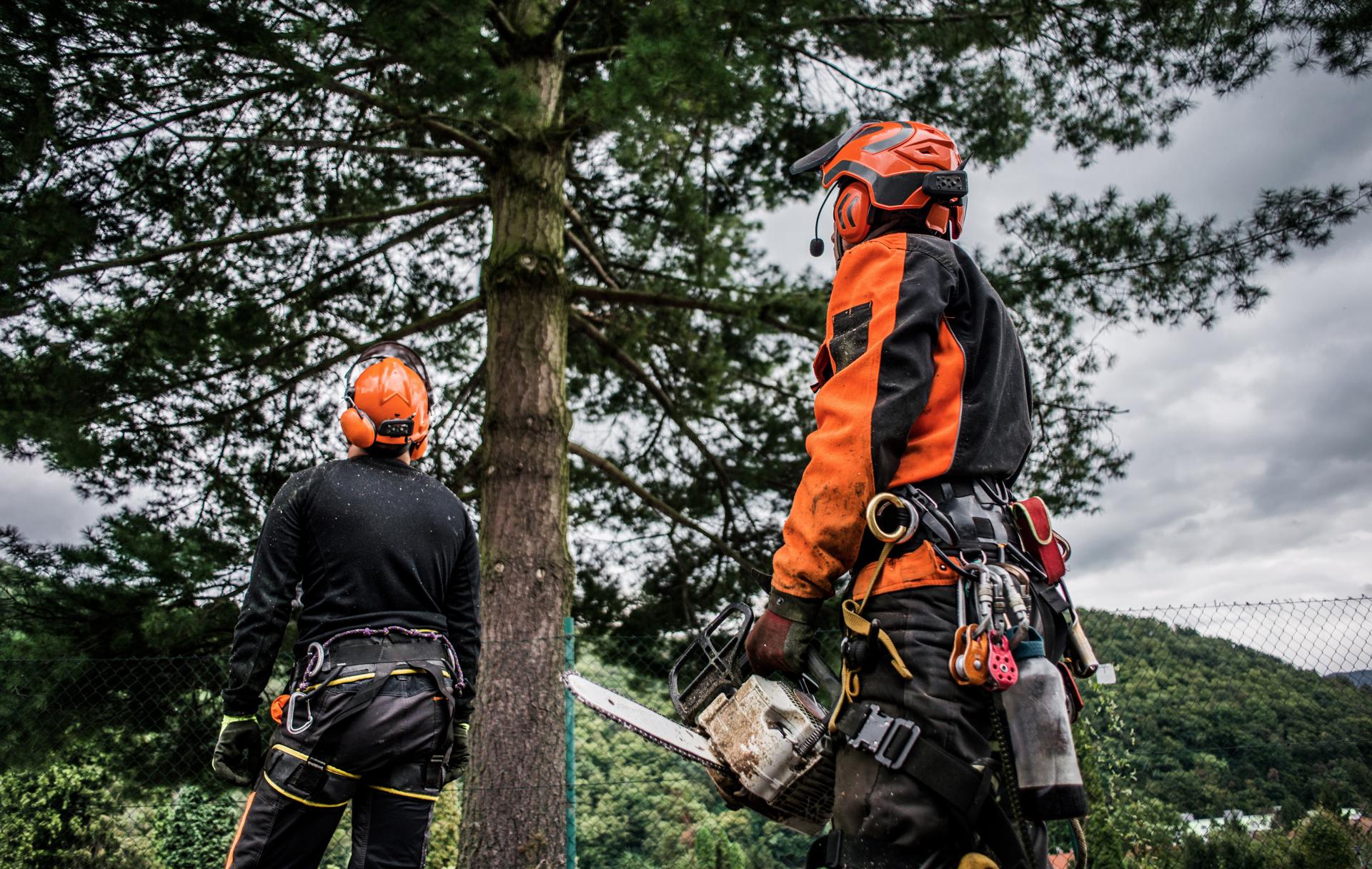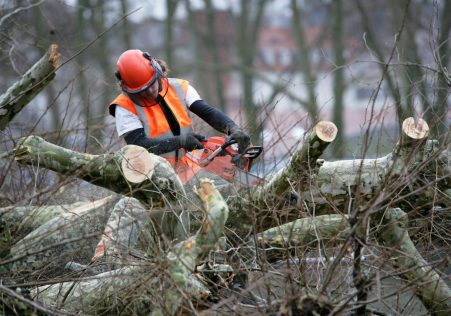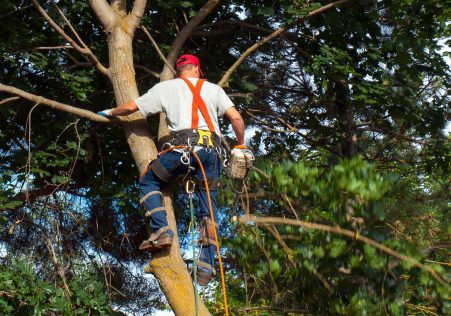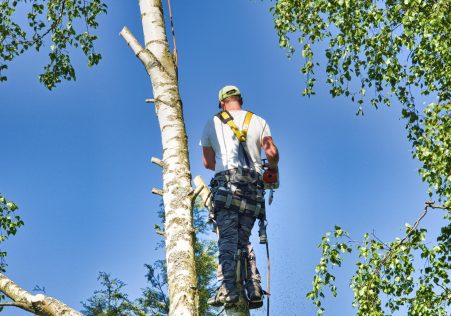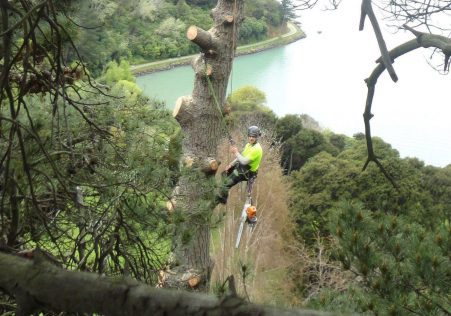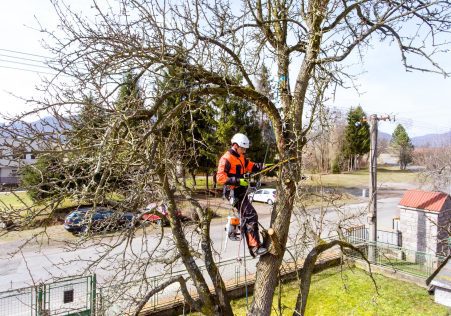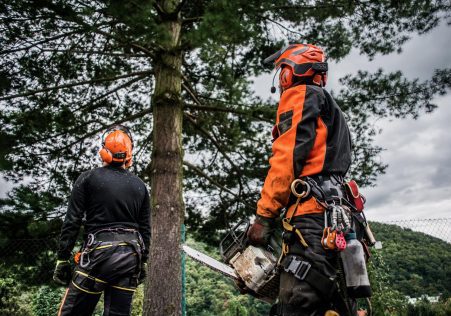This is the Ultimate Reference Guide Identifying protected Trees within Blacktown
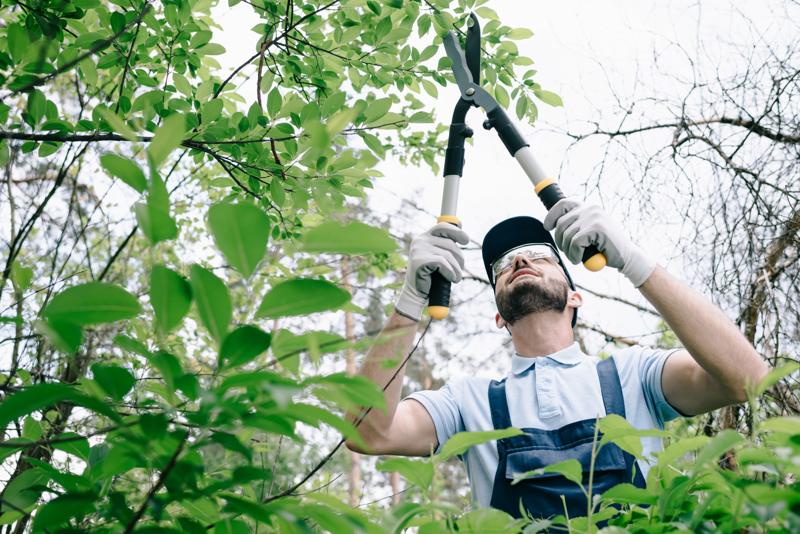
Trees play an important contribution to our ecosystem as they provide shade, clean air, and aesthetic value to our surroundings. However, not all trees are identical and some are granted extra protection status, which makes it illegal to perform any work without obtaining permission. If you’re considering having a tree removed it is essential to know the status of protection for the tree being considered, and what steps you’ll need to take to ensure compliance with the laws. In this article, we will help you understand the process of determining whether a tree is safe and exactly what steps you have to do to ensure you comply with the law.
What exactly is a tree that is protected?
A protected tree has been subjected to certain legal restrictions It is illegal to work on a protected tree without having the appropriate permissions. There are two kinds of protection that a tree could be protected by - statutory protection and preservation orders.
Statutory protection
Under the law trees are protected by law and are in the hands of Tree Preservation Orders (TPOs). TPOs are put in place by local authorities in order to protect trees of significant public value and to ensure that they are not destroyed or damaged.
Preservation orders
Preservation orders are similar to TPOs but are issued from the Secretary of State responsible for Environment. Preservation orders for trees are considered to have exceptional value and are shielded from all work, which includes cutting down.
What can I do to determine if a tree is protected?
To determine if the tree is protected, you need to verify if it’s subject to a TPO or preservation order. This can be accomplished by contacting the municipal authority, and asking them to look up their records.
TPO search
If you want to find an TPO You can reach the Tree and Woodland officer from your local authority, who can inform you whether the tree is protected. They will also be able to advise you on the next steps you should take if the tree is protected.
Preservation order search
In order to search for a preservation order you must contact secretary of state for Environment. They will be able to inform you if the tree is protected and will provide the information you require and direction.
FAQs:
What happens if I carry out work on a tree that is protected without permission?
If you carry out work on a tree that is protected without the appropriate authorizations, you could be subject to substantial fines and even imprisonment.
Can I contest to a TPO Or preservation or TPO?
You can appeal an appeal of a TPO or preservation decision if you believe that it is not justified. But, you’ll need be able to present evidence to back your argument and demonstrate why the TPO or the preservation decision is not necessary.
Can I take down a protected tree?
It is against the law to remove a protected tree without obtaining the required permissions. If you want removal of the tree, you will need to seek permission from the council and provide proof to back your claim.
Conclusion
In conclusion, discovering whether a tree is protected is an essential aspect in ensuring that tree work is carried out legally. Understanding the different kinds of protection and how to check for them it is possible to be sure that you are acting within the law and safeguarding the trees that you are responsible for. If you’re unsure of the nature of the protection of a tree, we recommend seeking professional advice from an expert in tree care, such as Blacktown Tree Trimming. Our arborists are experienced and will be able to advise you about the protection status of your trees and guide you through the required steps to ensure that you are acting within the law. With our knowledge and dedication to providing top-quality tree care We can assist you to keep the beauty and worth for your tree. Contact us now by calling 0480 024 203 to schedule a appointment, and let us assist you to keep your trees safe and healthy.

